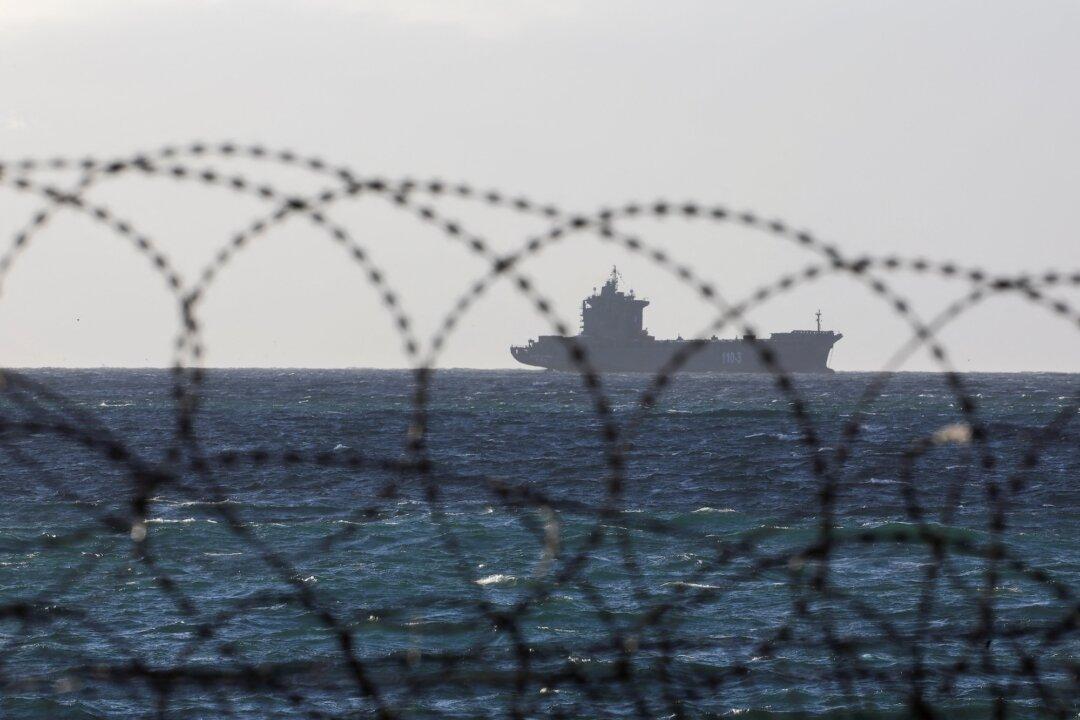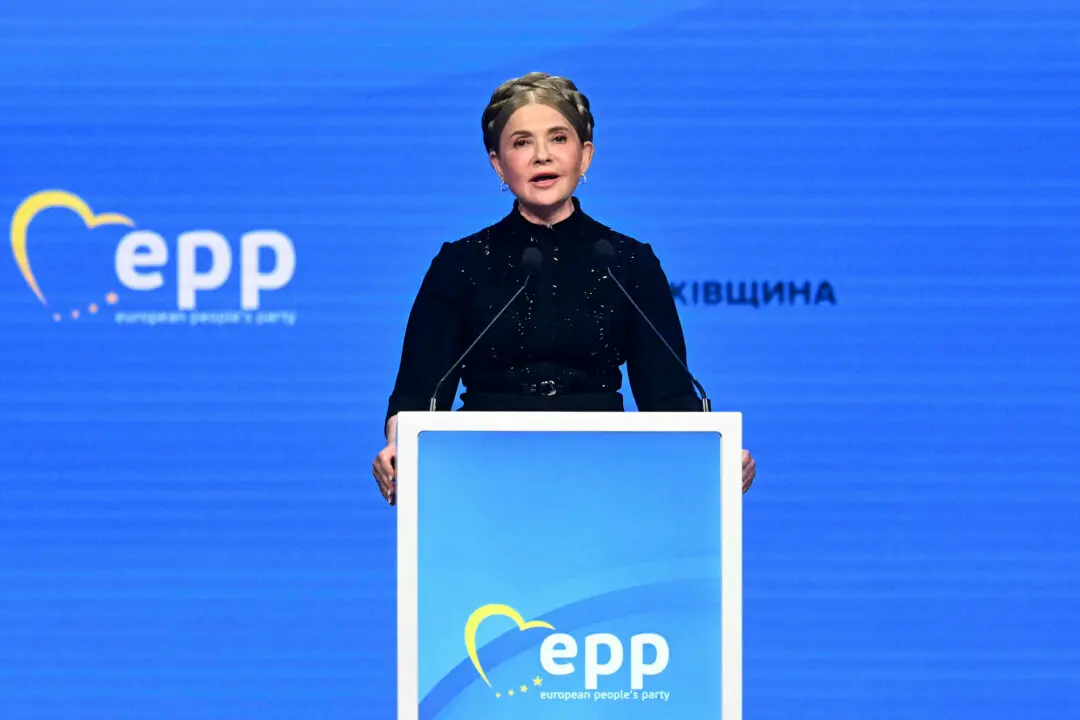White House press secretary Jen Psaki said Monday that the number of unaccompanied minors arriving at the U.S.-Mexico border was higher than the Biden administration had anticipated.
Psaki made the remarks at a briefing at which she was asked to clarify the administration’s position on maintaining a Trump-era refugee cap of 15,000 admissions until May 15, and then raising it to an as yet undetermined level.





